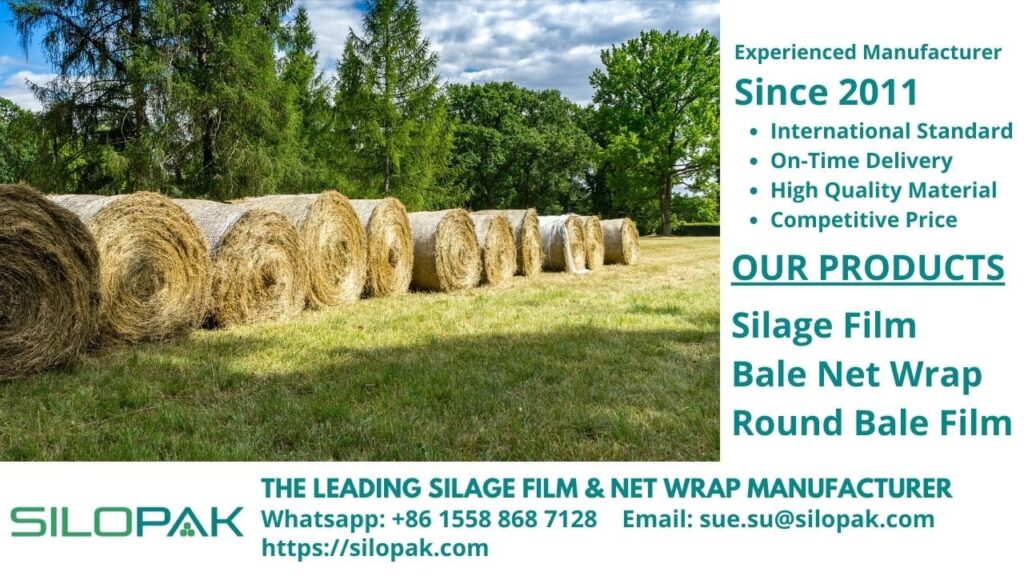The term “crops” normally refers to plants that are grown and harvested for subsistence and commercial uses. A crop can fall into one of six groups based on its use: food, feed, fiber, oil, ornamental, and industrial.

contents
Types of Crops
Food crops are plants that are harvested mainly for the consumption of humans. Vegetables and fruit are an example of a food crop. Other examples include grains like rice, wheat, and corn. Plants of this category were the first to be grown and harvested through the means of agricultural techniques. Their types are diverse thanks to the development of agricultural processes and the advancement of civilizations themselves.
Plants that fall under the feed category are those that are grown specifically for consumption by livestock. Oats and alfalfa are popular examples of this category. The animals require nutrients within the plants to grow. Feed created from plants of this category can also be divided into more groups, including forage and silage. Other typical plants used to produce feed for livestock are wheat, barley, and corn.
Plants are also harvested for their fiber contents. Cotton would be the greatest example of fibrous plants mass-harvested for textiles. Hemp and bamboo are other good examples.
Oil crops are grown for their oil, which can be used either for consumption or industrial purposes. Corn oil and olive oil are primary examples of produces that humans use in cooking. Biofuel can be derived from plants as an alternative to fossil-based ones.
Ornamental plants are used mainly for their esthetically pleasing appearance, which is why they are often found in landscape gardening. Azaleas are a good example of this category.
Plants harvested for industrial purposes include tobacco and rubber. Rubber is an especially important crop. Its presence and role have been felt for thousands of years throughout the many civilizations across the globe.
A Quick Look-Back at the History of Crops Harvesting
Growing and harvesting crops have developed methodically for thousands of years. The earliest evidence of this tradition dates back to 5500 BC in Mesopotamia. The system was still primitive about irrigation. Farms were established near sources of fresh water, so watering the plants wouldn’t be a challenge back then. The first plants grown during this time were barley, figs, and wheat.
Crop-harvesting methods that are more sophisticated were developed through advancement in agriculture. Rotation is one such method. In this regard, one type of plant is grown over a year and is replaced by another type in the coming year over the same land. This way, soil can be preserved, and the chance of disease to develop can be put in check. Rotation and fertilization result in the soil being even more productive.
Through these methods, farmers are now capable of planting more plants without having to worry about not possessing land wide enough for a variety of plants. What’s more, through these breakthroughs, it’s now possible for the farmers to grow plants in places where said plants don’t grow in natural manners. Advancement in agriculture also allows for more innovations such as river-damming and –redirecting. Through this, crops can still be watered pretty conveniently.
Taking a Glimpse at Crops of GMO Variety
Further development in agriculture enables farmers to alter crops genetically. By rearranging their DNA, scientists can come up with a variety of similar plants but with aspects and properties of the original plants being discarded. These new varieties, called GMOs, are cultivated for their new properties, such as being capable of resisting specific diseases or being able to withstand the weather. This allows farmers to use chemicals such as pesticides to get rid of pests without actually harming the plants themselves.
The Importance of Feed Crops in Animal Husbandry
Feed crops are essential in animal husbandry. They are grown, harvested, and processed specifically to be fed to livestock at a farm. Harvested, cut, and raked plant parts are compressed into a compacted bale. This makes the feed easier to handle, store, and transport. Farmers may choose to produce silage from plant parts, which is highly nutritious for the cattle fed with it.
However, it takes special packaging to make sure the feed stays fresh and healthy for consumption. This is why farmers sell their bales with a special wrapper. Silopak supplies wrapping products for farmers who require them, and complete information about our products can be observed over our official website.
